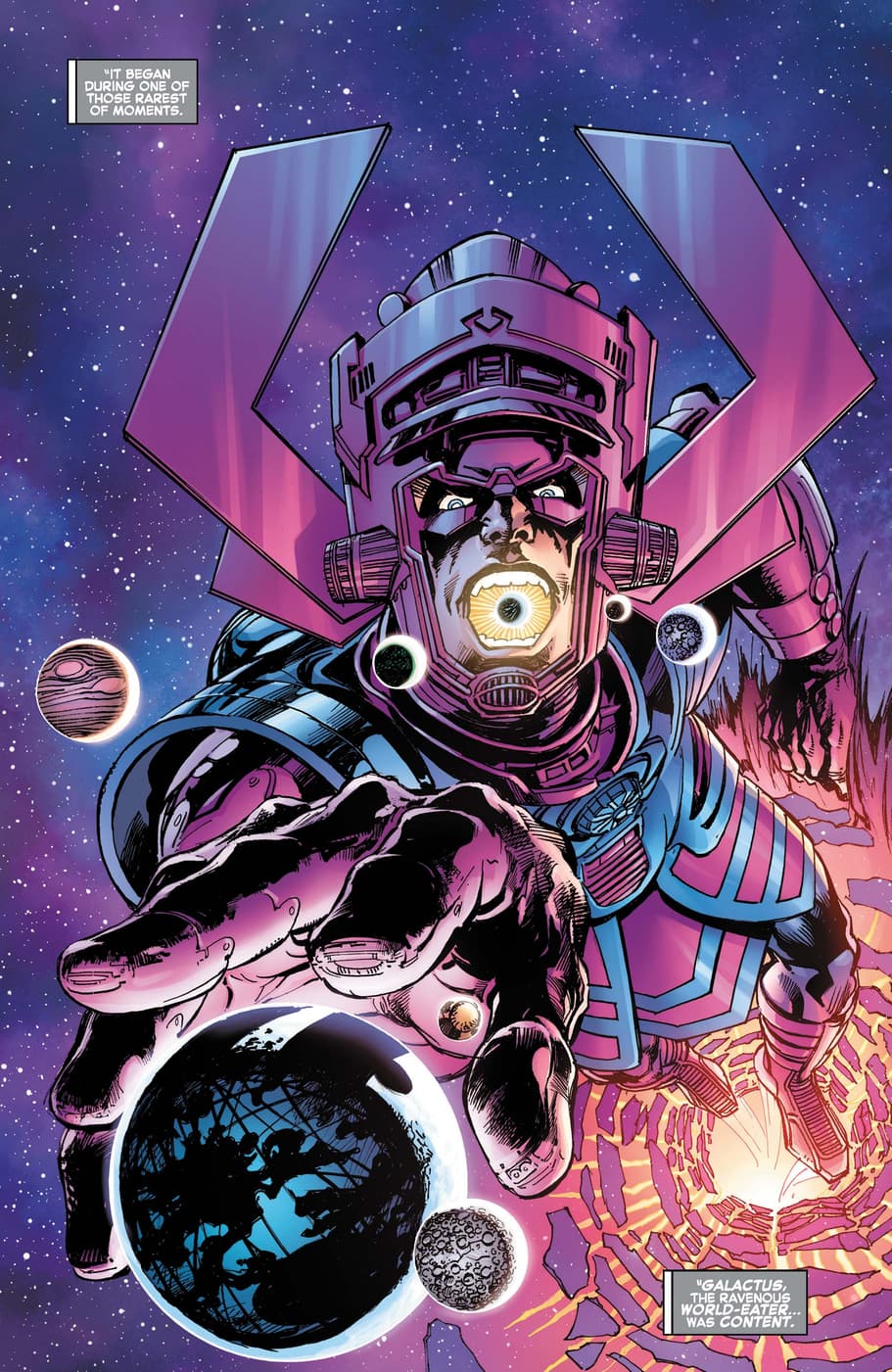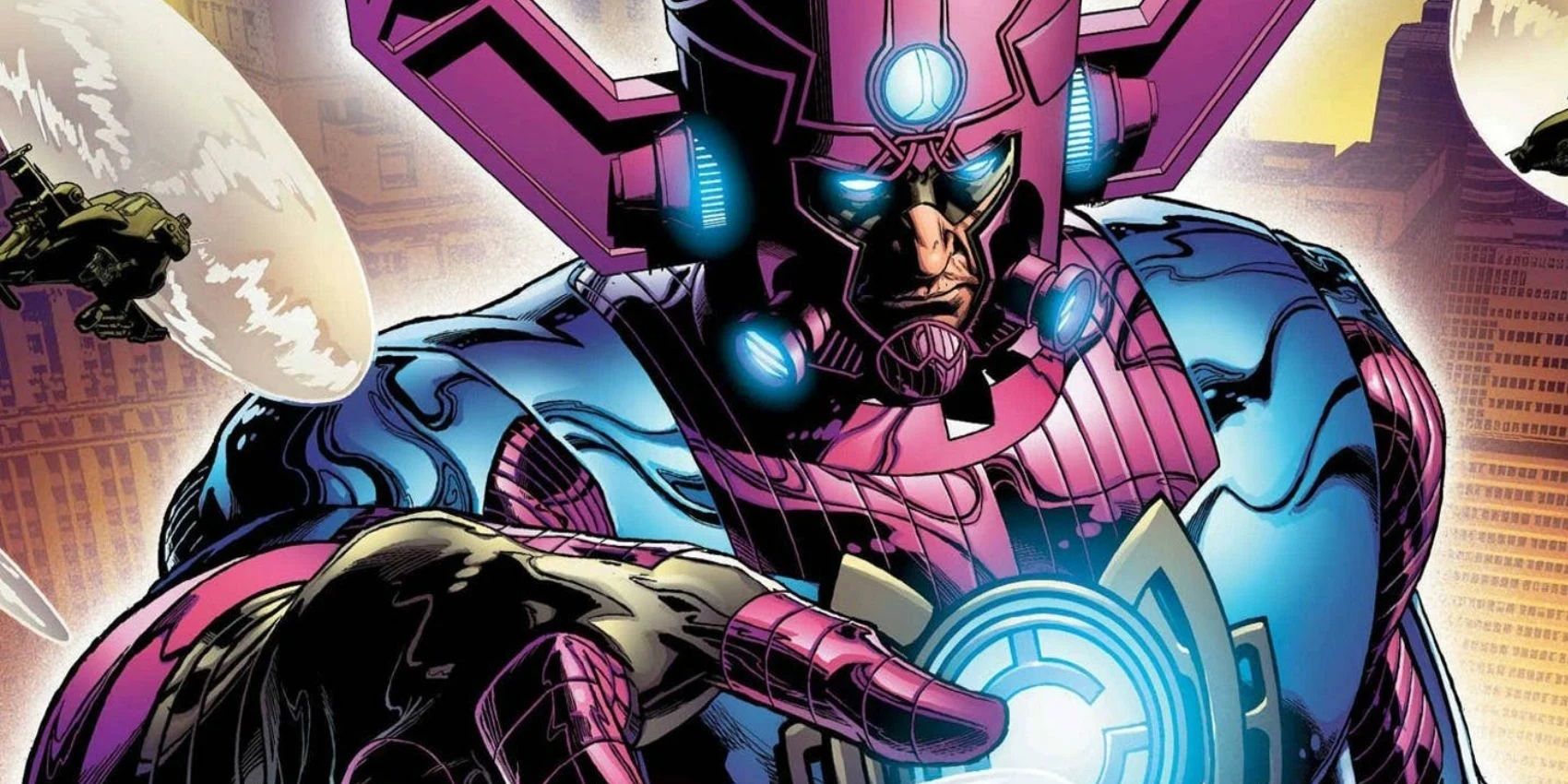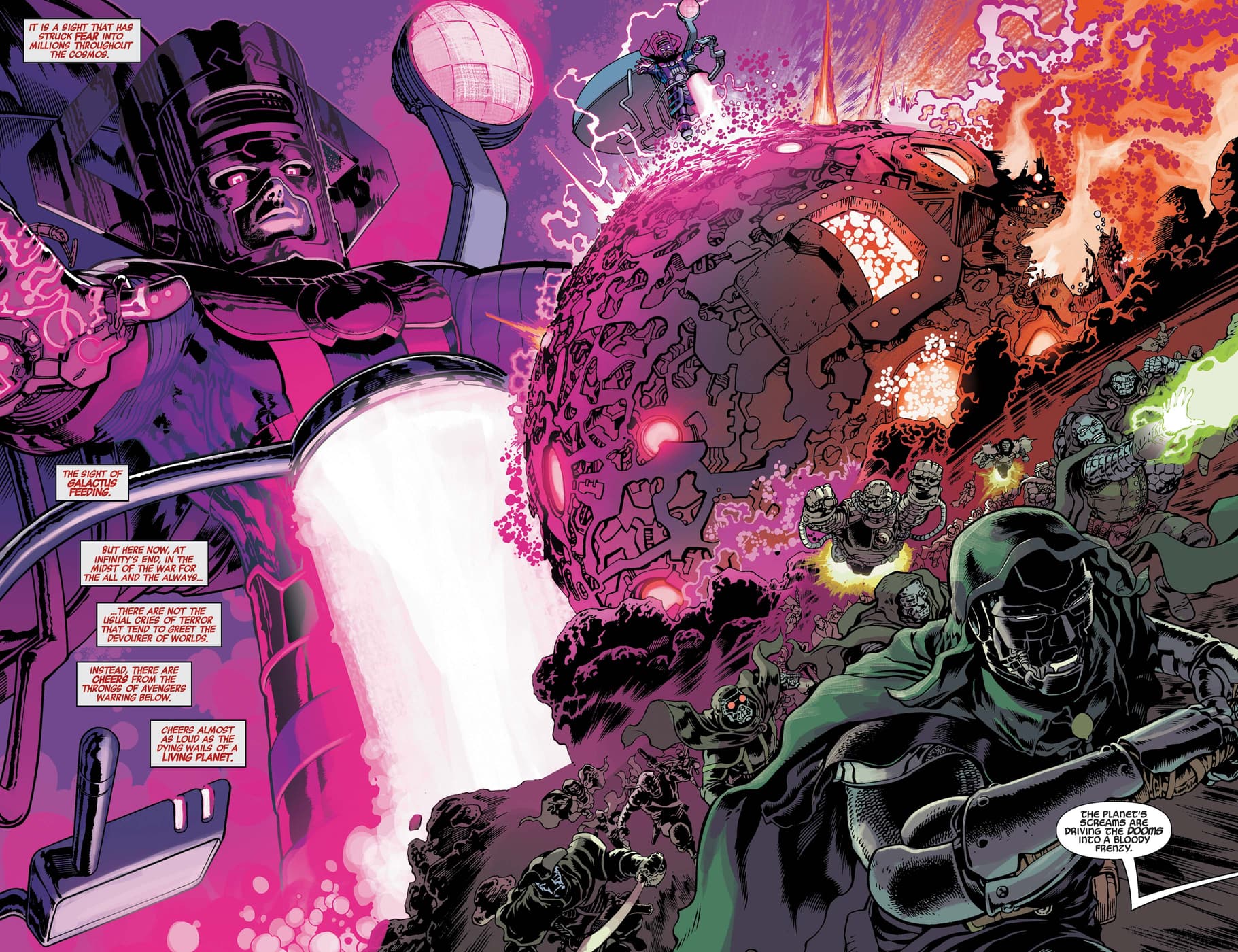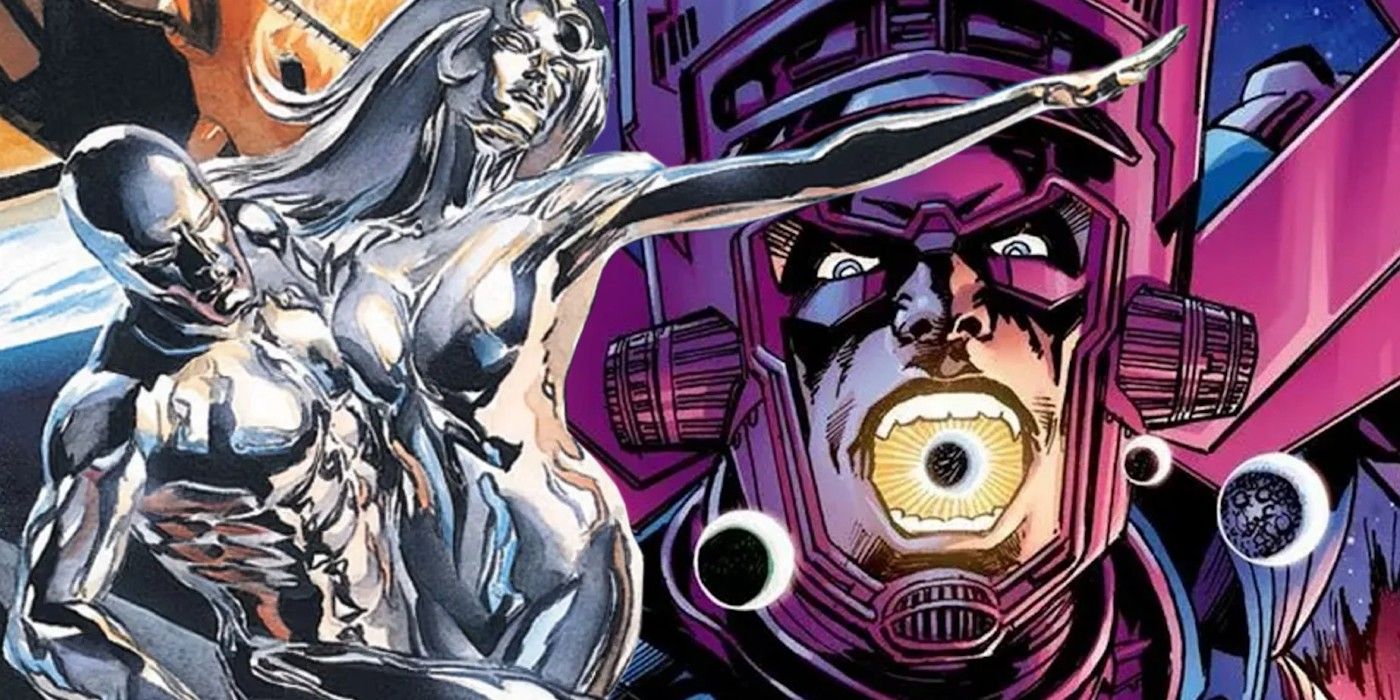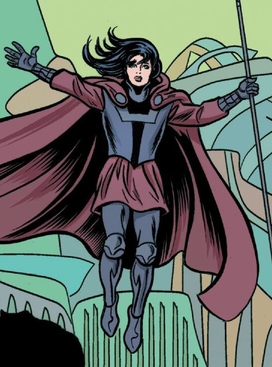THE LAST OF US Season 2 Episode 1 BREAKDOWN
"Future Days": Easter Eggs & Analysis
By Azeem_USA | April 21, 2025
Table of Contents
1. Introduction
Welcome back to Azeem_USA! I'm Azeem, and this is a comprehensive breakdown of The Last of Us Season 2 Episode 1 "Future Days". This season is adapting the first part of The Last of Us Part II by Neil Druckmann and Naughty Dog that was released in 2020.
This analysis explores all the details you missed, Easter eggs from the game, character developments, and deeper themes. For those who haven't played the game and don't want spoilers, I've included a clearly marked "Spores of Spoilers" section at the end that contains game-based predictions and spoilers.
Season 2 will consist of 7 episodes total, with this premiere setting the stage for the conflict to come.
2. Episode Title & Song Reference
The premiere episode is titled "Future Days," which is also the name of a 2013 Pearl Jam song and album. In The Last of Us Part II game, this is the song that Joel plays for Ellie on the guitar in the opening minutes, with the poignant lyrics: "If I ever were to lose you, I'd surely lose myself."
When Neil Druckmann included "Future Days" in the game, some players noted that since Outbreak Day in the game was September 2013, Future Days probably would not have been on the radio long enough for Joel to hear it.
Since Outbreak Day in the HBO show was moved to September 2003, they can't use the song, but keeping "Future Days" as the episode title retains the thematic reflection of how Joel feels about Ellie. Unlike Joel in the game, Joel in the show (at least for now) really cannot express himself with words.
3. Timeline & Setting: 5 Years Later
The episode begins by replaying the final scene of Season 1, where Joel lies to Ellie about what happened with the Fireflies. However, instead of cutting to black like before, Season 2's opening stays in that scene a bit longer, showing Joel's reaction as he watches Ellie march down toward Jackson, dwelling on whether lying to Ellie was the right thing to do.
We then jump 5 years forward to the end of 2028 (specifically New Year's Eve 2028-2029). Ellie is now 19 years old, and both she and Joel have become established members of the Jackson community, though their relationship has clearly deteriorated due to Joel's lie.
Season 1 Ending: 2023
Joel lies to Ellie about the Fireflies
→ 5 Years →
Season 2 Beginning: End of 2028
Ellie is 19, estranged from Joel
4. Abby & The Fireflies: New Antagonists
The episode introduces Caitlyn Dever as Abby, one of the surviving Fireflies from the Salt Lake City massacre. We meet her at the same Bethany Clair baseball field where Joel and Ellie saw the giraffes in Salt Lake City in Season 1.
Standing by the graves of the Fireflies whom Joel killed, Abby is joined by several other survivors:
- Manny (Danny Ramirez) - One of Abby's close friends
- Mel (Ariela Bearer) - A doctor
- Norah (Tati Gabrielle) - A military medic
- Owen (Spencer Lord) - Another friend of Abby's
The conversation between these characters reveals several important details:
- They debate whether Ellie was actually immune, with Norah even doubting that a cure was possible
- They mention connecting with "Isaac" in Seattle (leader of the Washington Liberation Front/Wolves, played by Jeffrey Wright)
- Abby is determined to find and kill Joel, describing him as "50s, graying beard, 6' tall, scar on his right temple"
"When we kill him, we kill him slowly." - Abby
The scar Abby mentions is a reference to when Joel tried to kill himself after Sarah's death, as he confessed to Ellie in Season 1. Caitlyn Dever's intensity and rage in this scene demonstrates why she was the right casting choice for Abby, despite some online debates about her physical build compared to the game character.
5. Jackson Community & Changes
The city of Jackson has expanded in the 5 years since we last saw it. The wide establishing shot shows both the practical set and the expanded CGI blocks that include a church steeple and additional side streets.
We see workers digging up a sewer pipe filled with roots, which will play a crucial role by the end of the episode. The community now has:
- A council governing system (with Tommy and Maria at the center)
- A patrol system with organized routes and danger levels
- Structured living arrangements, with Ellie having her own garage bedroom
- An electricity grid maintained by Joel and others
- A therapy system, with Gail (Katherine O'Hara) serving as a therapist
We also meet Maria and Tommy's son Benjamin, who is now about 5 years old. In Season 1 Episode 6, Tommy mentioned that Maria was recently pregnant.
The community continues to debate whether to let in more refugees, with Joel expressing concern that "if our lifeboat is swamped" they should leave people outside - revealing his continued paranoia and protectiveness.
6. Ellie's Development & New Relationships
Ellie is now 19 years old and we first see her in a sparring session that reveals her intensity and combat skills. She takes offense when her opponent pulls his punches, showing how nothing angers her more than being deceived to protect her - a clear reference to her strained relationship with Joel.
Physical Changes:
- Ellie has a new tattoo on her arm covering her Cordyceps bite scar
- The tattoo depicts branches with long leaves and a moth - identical to her tattoo in the game
- She still has the burned eyebrow from an incident with Riley mentioned in Season 1
New Characters & Relationships:
- Dina (Isabela Merced) - A potential love interest who was briefly seen in Season 1 Episode 6
- Jesse (Young Mazino) - Dina's ex-boyfriend and Ellie's friend
- Cat - The woman who gave Ellie her tattoo and with whom she previously had a relationship
Ellie's Room:
Ellie's garage bedroom contains several important items and Easter eggs:
- Cassette tapes (Glenn Campbell, John Denver, Brian Adams)
- Nirvana's "Love Buzz" playing (their debut single from 1988)
- The guitar Joel gave her, now set aside
- A poster of Neil Armstrong landing on the moon (showing her space fascination)
- The White Stripes debut album from 1999
- A poster for The Matrix (1999)
- A "Savage Starlight" comic book poster (the in-universe comic Ellie collects)
Her journal entries reveal she still misses Riley (her girlfriend who died in Season 1) and is worried about "messing up" things with Dina.
7. Joel's Guilt & Therapy Sessions
Joel is shown fixing circuit breakers, dealing with arthritis in his hand (his "punching hand" that shook in Season 1 after he beat the Fedra officer to death). He wears "grandpa glasses" now, showing his age.
We learn that Joel has been attending therapy sessions with Gail (Katherine O'Hara), an original character not in the games. During his fifth session, several revelations come to light:
- Joel had to execute someone named Eugene (who will be played by Joe Pantoliano in a future episode)
- Eugene was Gail's partner, and while she understands why Joel had to kill him, she can't forgive how he did it
- Joel struggles to define his relationship with Ellie, saying "Her being 19 and me being her what I am... I never got there with my own kid"
- When Gail asks if he did something to Ellie, Joel finally admits "I saved her" with tears in his eyes
"I saved her." - Joel, with a tear falling from his eye
This confession shows that Joel is carrying the weight of his decision at the hospital - he saved Ellie but killed everyone else, violating her trust by lying about it. The scene effectively demonstrates how the "dangerous power of love" and "the cost of lies" continue to be major themes.
8. Patrol Details & The Grocery Store
Ellie goes on patrol with Dina and others, including Cat (her ex). Tommy earlier had taken Ellie for target practice at a ski lift, mentioning infected "following down Route 89" - foreshadowing a threat approaching Jackson.
At the Green Place Market, the patrol finds a dead bear that had been brought down by six infected, including a clicker - showing how Cordyceps-infected individuals are sturdier predators than humans. Inside the market, several game-accurate details appear:
- A Bud Light bottle with period-accurate 2003 label design
- Employee of the month board (just like in the game)
- Signs from employees including CJ's kitchen note
- Halloween party flyers (as Outbreak Day was September 26, 2003)
- Safe details that players could unlock in the game
We see Ellie using the bottle-throwing distraction technique from the game (the show making a choice to put her on "team bottle" rather than "team brick"). She encounters a clicker and then falls through to the grocery store level.
In a particularly effective horror sequence, Ellie finds a September 22, 2003 issue of People magazine (featuring Jennifer Aniston) while a stalker creepily moves through the background without her noticing - showcasing the show's ability to create dramatic irony that the games can't provide.
9. Infected Evolution & Threats
One of the most significant developments in this episode is the evolution of the infected. The stalker that attacks Ellie displays unusual behavior:
- It hunts Ellie patiently, taking its time
- It uses vocalizations to lure Ellie toward it
- It shows strategic hunting behavior rather than just aggressive charging
- The Cordyceps tendrils snake out from its nose hole, "hungrily reaching" for Ellie
When Ellie reports this to the council, she notes that the stalker was "not aggressively charging" but "hanging back, waiting, luring her in." The council worries about this evolution, with Maria saying: "I don't know. Just lately I've had a feeling..."
This connects back to Tess's warning in Season 1 Episode 2 about the Cordyceps networks being "one step ahead" with "wiry fungal networks running for miles" all connected by a hive mind. The episode suggests that the Cordyceps is actively adapting to be a better hunter and predator.
"The Cordyceps gets this planet better than humans do." - Based on the council's concerns
10. New Year's Eve Dance
The New Year's Eve dance sequence is directly recreated from a flashback in the game, though in the game we experience this scene later through Ellie's memories rather than chronologically.
Key elements of this sequence include:
- The music by "Britney and the Jug Boys" is actually by the band Crooked Still, playing "Ecstasy" - the same music from the game
- A cameo by Gustavo Santaolalla (the game's composer) as the banjo player
- Dina wearing a Hamsa bracelet as she does in the game
- The dialogue about people staring at Ellie and Dina dancing
- Their kiss being interrupted by Seth using a homophobic slur
- Joel intervening to protect Ellie, only for her to reject his help
In the game, we later see the aftermath where Maria makes Seth apologize and make "bigot sandwiches" for Ellie. By ending the episode before this resolution, the show creates more tension about the state of Jackson and worries about its future.
11. Ending Threats & Foreshadowing
The episode ends with two converging threats to Jackson:
External Threat: Abby
Abby's group approaches the valley containing Jackson, with Abby looking at Owen with "fierce determination" before marching onward.
Internal Threat: Cordyceps
A sparkler from the New Year's celebration is left near the broken pipe with roots, and Cordyceps strands reach out toward the light "like two hands reaching out to the fire to warm themselves."
The broken pipe subplot ties together several themes:
- Joel's fixation on his issues with Ellie causes him to miss this larger problem
- The unforeseen consequences of lies and neglect
- Joel teaching Dina about circuit breakers becomes a metaphor for the town being an "unchecked circuit breaker ready to explode"
The final shot suggests that both "the hunter from the outside" (Abby) and "the hunter from within" (Cordyceps) are closing in to "strangle this unsuspecting town."
12. Spores of Spoilers (Game Spoilers)
⚠️ WARNING: MAJOR GAME SPOILERS AHEAD
This section contains spoilers for The Last of Us Part II game and potential spoilers for future episodes of Season 2. If you want to experience the show without knowing what's coming, stop reading now.
Several elements in this episode hint at upcoming events from the game:
- The scene of Ellie seeing Joel strumming the guitar on the porch is actually one of the last things we see in Part II of the game, when Ellie goes back to Jackson and finds a guitar, remembering this memory from when Joel was still alive.
- The Firefly grave that Abby places the dog tag on is likely her father Jerry's grave - he was the surgeon Joel killed in the Season 1 finale.
- Abby saying "we kill him slowly" sets up Joel's death scene from the game, where he tells her "Why don't you say whatever speech you got rehearsed and get this over with" and she responds "You don't get to rush this."
- Young Benjamin playfully shooting Joel could foreshadow Abby's crew shooting Joel in the leg to disable him before they kill him with a golf club.
- The episode suggests that we'll see flashbacks showing how Ellie learned the truth about what happened at the hospital.
We can expect Joel's death to occur in an early episode (possibly Episode 2 or 3), with the story then following Ellie's revenge journey to Seattle where she'll encounter the Washington Liberation Front (Wolves) and a religious cult called the Seraphites.



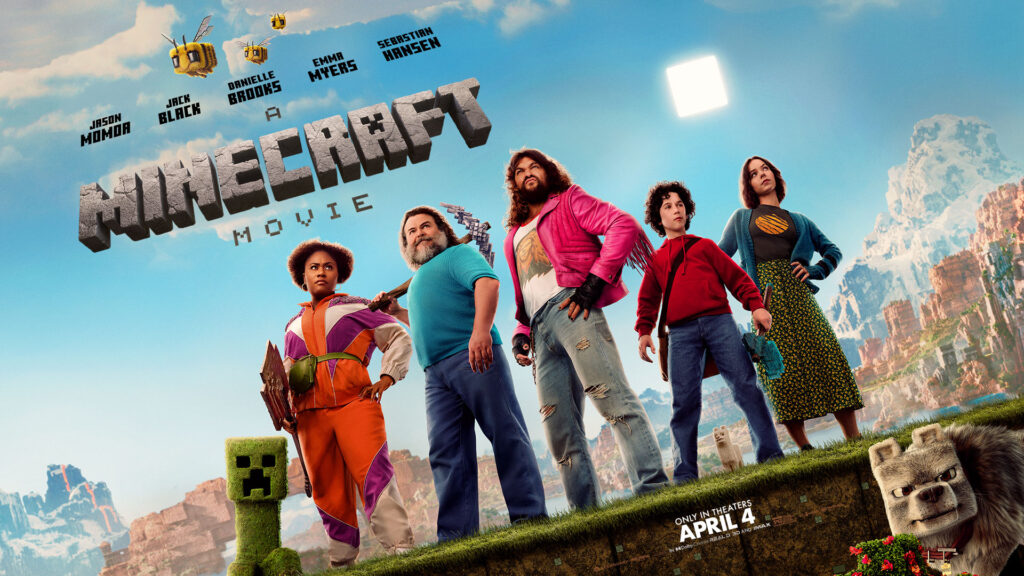
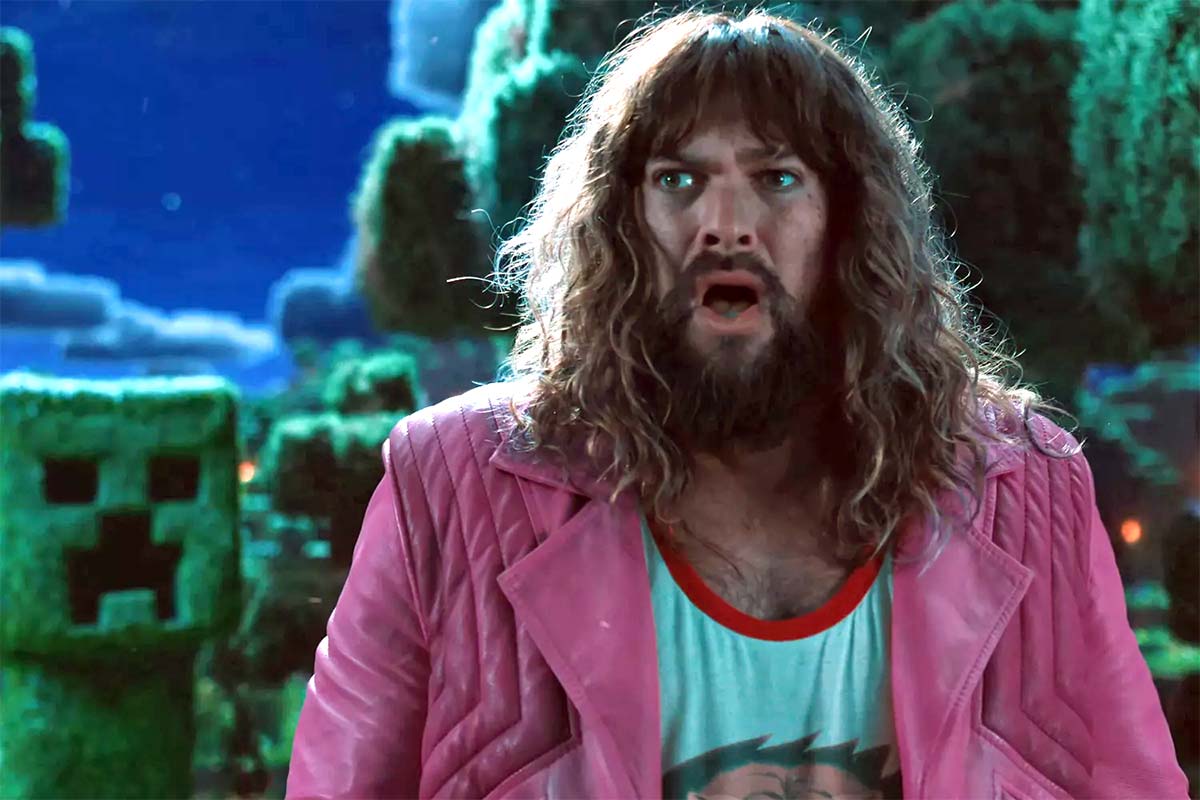
:max_bytes(150000):strip_icc()/a-minecraft-movie-jack-black-02-040125-5d7ed0932a9e42af9f4017ede33f49e8.jpg)
